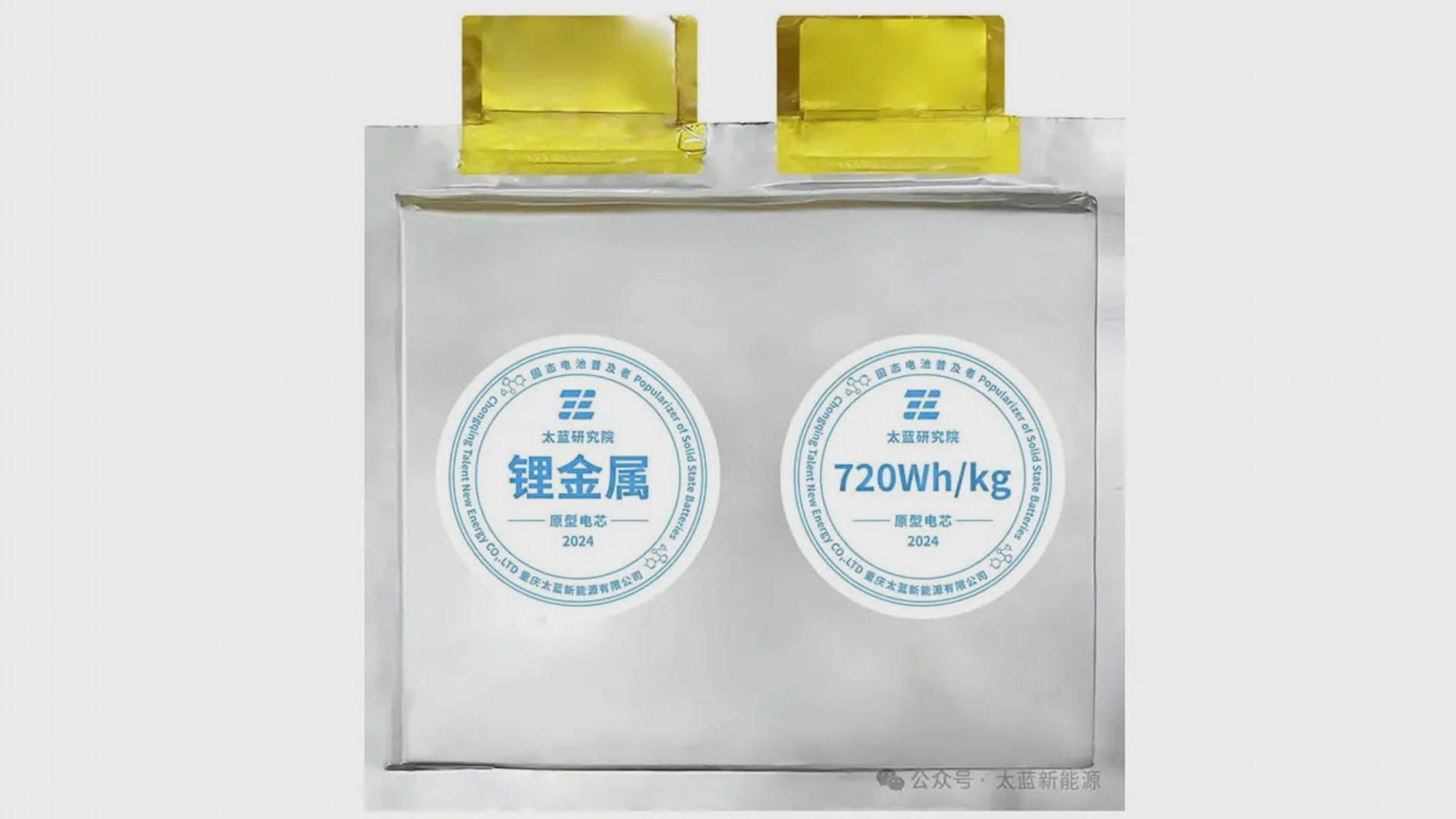Never to be heard about again
Takes deep breath
MmmmmmBULLSHIII
Ha, why was this downvoted? Sketchy website “reports” proprietary Chinese research firm’s accomplishment by rehashing the firm’s press release about an unbelievable claim with no other evidence. This got more red flags than the beach before a hurricane.
At best, this is something they actually did approximate in some kind of lab setting that might be years and years away from being some kind of marketable product.
The (translated) press release even has a stench all on its own:
It is expected to fundamentally solve the battery life and safety anxiety of traditional lithium-ion batteries.
If the company is able to scale this technology large enough for consumer vehicles while keeping prices down, it could easily double the range of the farthest-driving EVs on the road today.
That’s a big IF. TL;DR: They haven’t developed a means of making this scalable and able to be mass manufactured. Until they do, this is another “revolutionary” battery tech that may or may not actually be used due to cost of production. Most likely in the “not” category.
If you want to make EVs more popular, make them with Sodium-Ion batteries that are cheaper than ICE vehicles. They’ll sell better as a result.
Hardly anybody needs an EV with more than 200 miles of range if they’re plugging in each night. Most people’s commute is round-trip sub-50 miles. “Range anxiety” is 95%+ of the time a “problem” that stupid people have for their theoretical future that never actually happens. Most people are impractical idiots.
Hardly anybody needs an EV with more than 200 miles of range if they’re plugging in each night.
Speaking of big IFs. Not everybody lives where a charger is convenient or can have one installed in their residence.
Most people have the option of plugging in where they live and/or work. The only argument would be for apartment complexes. Townhouses, single family homes, etc. are easy to switch to electric.
This horseshit again? Physical product available for independent analysis, or it didn’t happen.
It’s not like the Chinese are famous for lying about the specs on things they manufacture or anything. Every week we hear about some Chinese company poised to “revolutionize” the EV with pie-in-the-sky range figures and yet the market continues to remain resolutely un-revolutionized.
And as usual, this article harps on “range” as if that’s not an easily fudged figure. The real numbers we need to see are watts per volume, or watts per mass. And number of charge cycles tolerated, and how many before it loses what percentage of capacity. Any idiot can claim to make a 1,300 mile, 2,000 mile, 5,000 mile, 1,000,000 mile battery pack – just make the pack bigger, or the vehicle lighter, or both. That tells us nothing meaningful whatsoever about the battery chemistry itself. Advertising us what hypothetical ranges someone thinks a pack made of these “could” build is meaningless. We could build a 1300 mile battery pack right now with LiFePo cells if we wanted to, via the simple expedient of filling a dump truck with the things.
The real numbers we need to see are watts per volume, or watts per mass
You have to chase it down, following the link to electrek.co, but then it says: “the prototype cells house an energy density of 720 Wh/kg”
(of course, I’m just stating what is claimed, no idea how true)
Battery density has been improving steadily for the last three decades.
Battery costs keep falling while quality rises. As volumes increased, battery costs plummeted and energy density — a key metric of a battery’s quality — rose steadily. Over the past 30 years, battery costs have fallen by a dramatic 99 percent; meanwhile, the density of top-tier cells has risen fivefold
…
With regards to anodes, a number of chemistry changes have the potential to improve energy density (watt-hour per kilogram, or Wh/kg). For example, silicon can be used to replace all or some of the graphite in the anode in order to make it lighter and thus increase the energy density. Silicon-doped graphite already entered the market a few years ago, and now around 30% of anodes contain silicon. Another option is innovative lithium metal anodes, which could yield even greater energy density when they become commercially available.
What’s more, the Chinese market is both the leading producer and consumer of battery technology. So its weird to reflexively doubt that a Chinese firm would release a new higher-efficiency battery design.
Given that this is a prototype, its entirely unclear if the model is cost-efficient to mass manufacture or efficiently scalable based on available resources. But I’m hard pressed to discount the claim on its face simply because its got “China” in the headline.
Racist see China did something good and have to go out of their way to shit on China.
I think you are seeing this as racism when it is just some old good skepticism about a country that is famous for faking everything.
Maybe they really done what they say, or maybe it is just some proof of concept that need to be ported, if possible, to a viable product stage or maybe it is just a fake, we will see.
Famous for faking everything is western propaganda
Its not even like “China” invented a new battery tech. It’s some battery plant in China which is the place where most batteries are created that’s innovated on a design.
There are battery plants in Atlanta, Georgia and Heide, Germany who are pursuing similar advancements. They just don’t have the money or the manpower equal to their Chinese peers.





